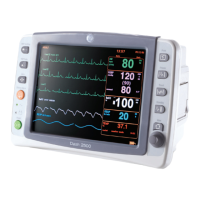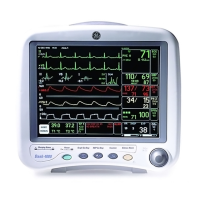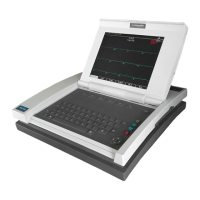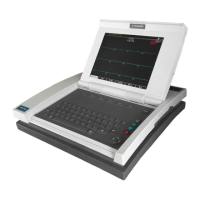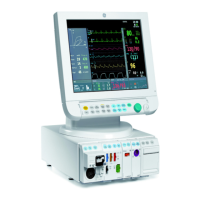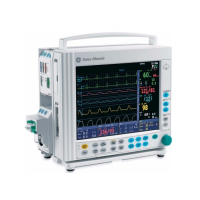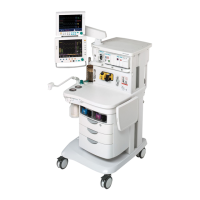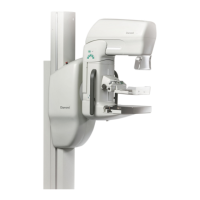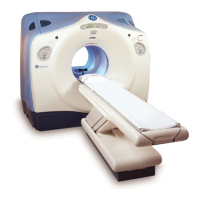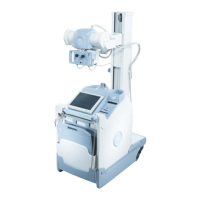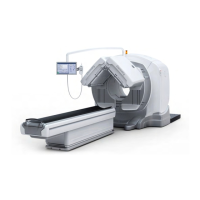Equipment overview: Ethernet communication
2-16 Dash 3000/4000/5000 2000966-542D
Network Terms
Node
Each network device or node is assigned a Media Access Control (MAC)
Address number and requires a network connection to interface between
the network device and the network.
Media Access Control (MAC) address
A 48-bit address assigned by the manufacturer to uniquely identify a
node of the network. This is also known as the Ethernet address.
Switch
To implement the star topology, each network device is connected to a
network switch. The switch passes all network data between each
network device in the star segment. Typically, the switch supports 12 to
48 network devices and may be linked to other switches to form larger
networks.
Segment
A network segment is comprised of all devices connected to one or many
switches which are in-turn connected together to form a larger network.
The boundaries of the segment are defined by networking equipment
that regulate the flow of packets into and out of the segment (e.g. routers
and switches).
IP address
A 32-bit (IPv4) address assigned by the user (either statically or
dynamically from a server) to uniquely identify the packets from a device
for routing purposes.
Subnet
A subnet is a logical segment of a larger network that shares a common
IP address range as defined by a subnet mask. Proper subnetting can
improve the performance and security of a network.
